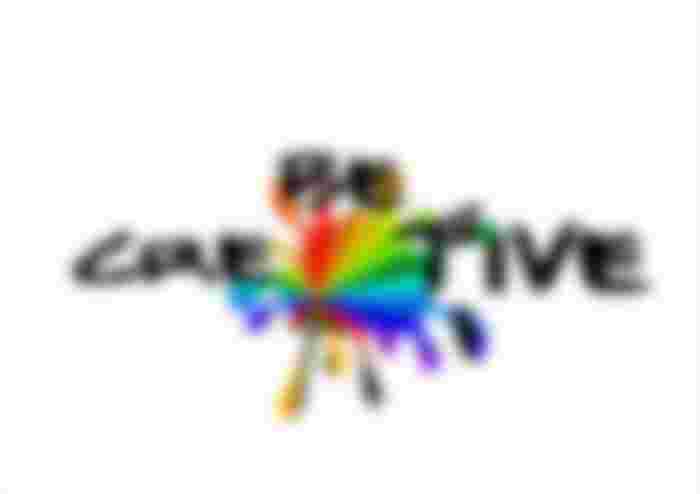
Empathy has become a buzzword in contemporary language, but it can be tricky to use well. Especially for those, who don't necessarily share the same experiences as others. But there are ways you can use empathy to your advantage, whether its through storytelling, or writing. If you are an author, you understand the need for empathy in writing.
You can accomplish this in a wide variety of ways including using flattery, story telling, talking to your audience, having a dialogue in your writing, offering examples of thoughts in a dialogue, and appealing to the audience's common sense. Empathy is an integral part of the writing process. It is important to choose empathy-inducing words and phrases in order to bring the reader in close. Examples give empathetic impact to narrative.
What is Empathy In Writing
Empathy is a very complex subject. Everyone has heard the phrase "put yourself in the shoes of another" to indicate that you are trying to understand something from another person's point of view. Some people have a difficult time comprehending the concept completely, while others do not bother making the attempt. The concept of empathy is difficult to explain and most people do not have the capacity to do it.
The best way to think of it then, is to consider it a tool for writing. When you try to empathize with a particular character, you are attempting to put yourself in that character's shoes. You are imagining how that character's actions might look from his or her perspective. Many authors have used the concepts of empathy and standpoint to inform their creative writing. I am going to talk about five effective techniques, that can be used in creative writing.

5 Effective Techniques
In writing, it's the job of the author to help the reader understand the point of view of others. This is often achieved through the use of active voice, simile, and metaphor. Passive voice and direct object construction is very often used to express emotion, rather than thought. In the right hands, these techniques can be very effective. But the construction of a good passive voice sentence requires an author to possess a very high degree of skill.
It isn't the case that some can produce passable passive voice and others can't. If you are not a naturally talented writer, you will need to put in the work to become one. When constructing a metaphor, it's important to do so with care. A metaphor, that is poorly executed will most likely fall flat, regardless of the author's skill. A good metaphor requires a deep understanding of the subject matter, a keen observation of the given circumstances and a flexible ability to apply and adjust to different situations.
Active Voice
The active voice is used, when the subject of the sentence is the doer of the action. This is often, but not always, the person performing the action. For example, "The apples have been picked" would be expressed using the active voice. "Peter picked the apples" would be another example of the active voice. In creative writing, it is common for the author to use the active voice in order to emphasize the action of the writing. By using the active voice, the author is able to draw the reader in closer, and to create a more "credible" atmosphere. Creative writers will often times switch between the active and passive voice within a single writing project. It is up to the writer then, to choose the voice in which the story will be told.
Passive Voice
The passive voice is one of the most commonly used rhetorical figures in English. It is a way of expressing an action without committing to the actor. To express an action in the passive voice, the subject of the action is modified by the preposition "by". For example, "This article was written by Peter" to suggest that Peter authored this article. The subject of the action is placed in the past tense. Passive voice is often used in creative writing to create a sense of distance between the speaker and the described act. This can be done by having the character in question perform the action, as in the case of the speaker in the example above, or by describing the action as it is being performed by another, as in the case of Peter.
Simile
Simile is a figure of speech in which two unlike things are compared and one of them is ascribed to the other. For example, "the apple was red like the sunset." This figure can also be used to express emotions, suggesting that the speaker is overwhelmed with feelings. Simile can be difficult to pull off, as a metaphor has to do many different things at once. But it is a very potent figure and your reader will be very impressed if you master it.
Metaphor
A metaphor is an intellectual conception, a device for explaining one concept by means of another. For example, "the mountain rose from the valley" can be used to mean, that the reader should expect great things from an idea or person. Metaphors are used extensively in creative writing in order to invoke powerful images, that will stick with the reader. There is a fine line however, between using a metaphor and using a simile.
The former is more effective, when describing a situation, whereas the latter is more effective, when expressing an idea. Although metaphors can be used to describe situations, they are generally used to convey information indirectly, by means of similarities rather than by means of differences. Sticking with a metaphor is certainly effective, but readers are very capable of discerning, when a metaphor is being used. As such, using a too literal interpretation of the metaphor will undermine its effectiveness.
Readers will be aware, that the author is attempting to be metaphorical, when the author employs a technique like personification, as in "the sea turned on the beach." However, the technique will be unsuccessful if the metaphor is not recognized. If you are writing a descriptive passage, you will need to pay special attention to detail. Include the appropriate sensory details and don't go too far with the metaphor. The best metaphors are those that are true and the most effective ones are those, that are based on the reader's experience.
Direct Object Construction
Direct object construction is a common feature of many languages, including English. With direct object construction, a noun is modified by a preposition. For example, in the phrase "the book was given to Peter." The book is the direct object, and Peter is the preposition. The direct object is the recipient of the action. In creative writing, direct object construction can be used in two different ways.
The first is to use the direct object as the protagonist of the action. In "Peter got the book from the shelf." Peter is the protagonist, who performs the action. The second way is to use the direct object as a way to indicate a goal or purpose. In "the book was given to Peter in order to read." The book is the purpose, and Peter is the one, who receives it. Sometimes it is difficult to determine the direct object. Consider the following example: "Peter kissed his daughter and his daughter smiled." The direct object of the verb is either the daughter or Peter. The writer's decision as to which object to use in the sentence will determine the meaning of the sentence.






This is really helpful to us, aspiring writers. Thank you for this information. More advices for us please.